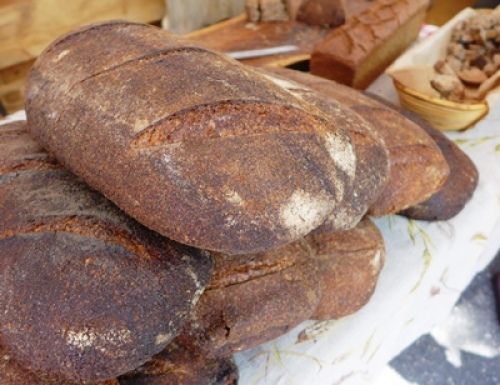
Vegetable gardeners are already well-equipped to plant and grow their own gardens of grain. The process is similar to planting a vegetable garden, although there’s more work that needs to happen after the grains are harvested.
If you have some open space near your vegetable garden, you can plant, grow and harvest your own cereal grains. Experts say the key is to start small to get the feel for the basics that follow planting and growing. Those basics include harvesting, threshing, winnowing and hulling the grain.
The “grain chain” starts by selecting nutrient-dense varieties of seeds. Many seed companies now carry a selection of seeds for cereal grains, those plants from the grass family that grow an edible seed.
Traditional and heritage grains include wheat, barley, oats, rice, corn, millet, spelt, amaranth, quinoa, rye and sorghum. One day a perennial grain called Kernza may be available for small-scale farming, too.
Grain growers prepare their soil the same way as for growing vegetables. First a soil test, then amending the soil to achieve a well-drained moderately fertile bed for planting.
Grains need long days of sunshine and at least 1-inch of rain or irrigation each week. Like vegetable gardens, grain gardens need maintaining to keep weeds and insect pests away.
After the growing season, the real work begins at harvest time. Grain growers need some special equipment to process the grain, such as seed cleaners and grain mills. The mills are used to grind the grain into a useable product, like flour or corn meal.
Gardeners interested in planting their own grains next season can spend the winter months reading books, like Homegrown Whole Grains by Sara Pitzer, talking with Extension Agents in their county, or taking classes like those offered by The Grain School at the University of Colorado at Colorado Springs.
For those who plant a patch of grain, next year’s harvest season will take on a new meaning. They’ll have a special appreciation for what it takes to grow grains for baking into loaves of bread to serve at Thanksgiving dinner.
Fine Gardening Recommended Products

A.M. Leonard Deluxe Soil Knife & Leather Sheath Combo
Fine Gardening receives a commission for items purchased through links on this site, including Amazon Associates and other affiliate advertising programs.




















Comments
Log in or create an account to post a comment.
Sign up Log in